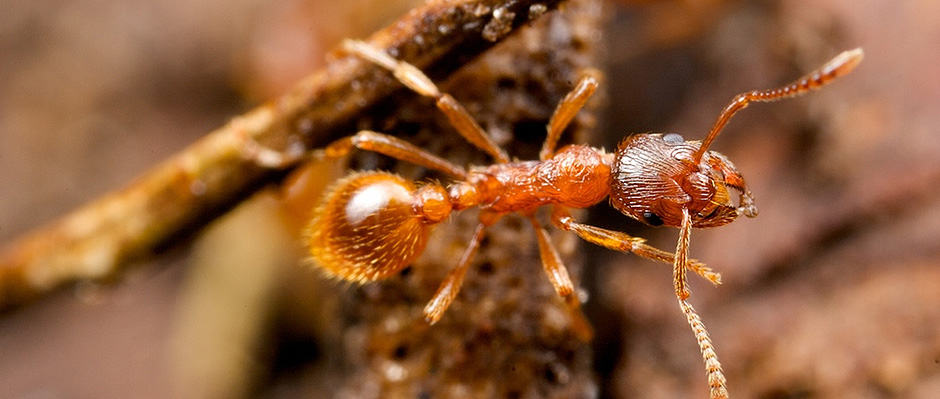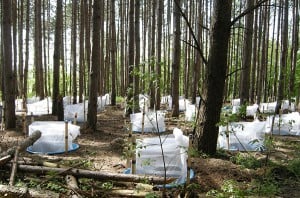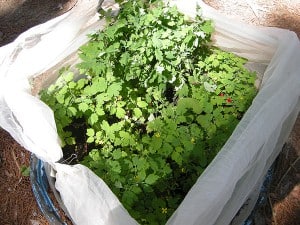Share this article
Feisty Fire Ants Could Cause “Invasional Meltdown”
Feisty invasive fire ants known for their painful bite could be helping the spread of invasive plant species in the parts of the North American Northeast in what some scientists call “invasional meltdown.”
“We were interested in finding out whether the arrival and spread of this ant was going to change plant dispersal because it acts differently from native ants in our area,” said Megan Frederickson, an evolutionary biologist at the University of Toronto and senior author of the paper released Dec. 23 in Proceedings of the Royal Society B.
Frederickson and other researchers conducted a study using dozens of miniature ecosystems created in kiddie pools north of the Canadian city in the university’s Koffler Scientific Reserve to see the different ways the invasive Myrmica rubra – also known as the common red ant – interacted with plant seeds compared to a native species of ant (Aphaenogaster rudis).
Both ants are known to be seed dispersers. The native species is found from Quebec throughout the Eastern seaboard down to South Carolina, while the invasive fire ants have been spreading over various parts of North America during the past few decades. The fire ants have been here for some time, and Frederickson said they are believed to have come in with agricultural shipments but the researchers wanted to know if the European ants would favor invasive seeds from a plant that came from their native Europe over local plant varieties.
They needed 42 kiddie pools to create all the different ecosystem mixtures between the two kinds of ants and four plant species – three native varieties and one invasive species: the greater celandine (Chelidonium majus).
They found that the invasive ants tended to help the spread of the invasive celandine plants.
“The kiddie pools that had the invasive ants in them were completely run over by this invasive plant,” Frederickson said.
The greater celandine is a perennial plant commonly found in roadside ditches and forest edges in North America. Its seeds can bud anytime whereas the native plants they used in the experiment depended on seasonal conditions. So even while the researchers noticed the invasive ants were dispersing seeds from the native plants as well as the invasives, the invasive plant benefited more than the others because it wasn’t dependent on seasonal conditions.
“It’s something called invasional meltdown,” she said, speaking about the phenomenon that occurs when one invasive species helps another.
“Because we don’t have any historical data, we actually don’t know how long this might have been going on for,” she said. “The ant may have been helping it spread all along but we never knew it until now.”
The implications are that the ants – and potentially other invasive species – could be altering ecosystems in complex ways.
“The ants reach pretty high abundances where they’ve been introduced, especially in very moist systems,” Frederickson said. “We think that they can really change communities of arthropods.”
Effects like this are poorly studied though, and many invasive species tend to be studied in isolation without looking at the way they interact with other species.
But she said that the ants could be helping plants like the greater celandine spread into more pristine forest ecosystems.
“This is a case of the plant potentially piggybacking off the success of the ant,” she said. “The results might make ecologists wonder how commonly these kinds of invasional meltdowns are happening.”
Header Image: Image Credit: J.G. Saunders










